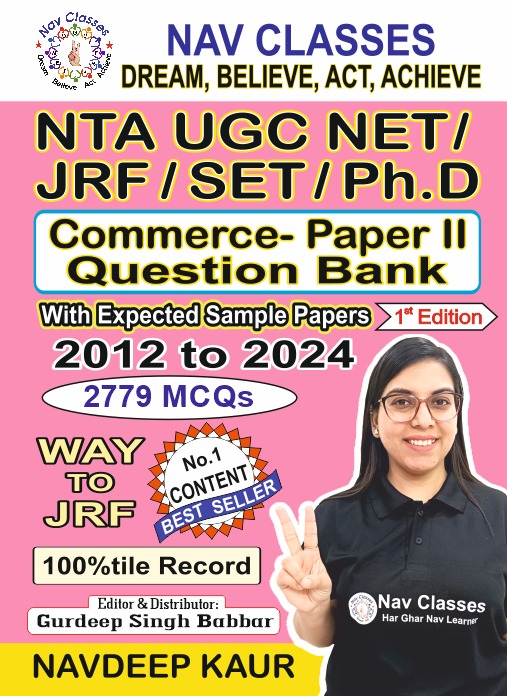TYPES OF COMPUTERS
The computers are classified in variety of ways depending upon the principle of working, construction, size, applications. Various types of computers are discussed in this section.
Digital and Analog Computers
Analog computers
The computers that process analogue signals are known as Analogue Computers. Analogue signal is a continuous signal. For example sine wave is the analogue signal. The analogue quantities are based on decimal number systems. Examples of Analogue computers are slide rule, ABACUS etc.
The operational amplifiers are widely used in the construction of analogue computers when the analogue electrical signal is to be processed. For example, differentiator is the op amp circuit that differentiates input signal. If the input signal

Digital Computers
On other hand the computers that process digital signals are known as Digital Computers. The Digital signal is a discrete signal. It has two states 0 and 1. In practice, the digital computers are used and not analogue! Examples of digital computers are Personal Computers, Supercomputers, mainframe computers etc.
1. Supercomputers:
Supercomputers are the most powerful computers in terms of very speed of execution and large storage capacity. NASA uses supercomputers to track and control space explorations.
| Memory Units and Secondary Memory | |
| Abacus, Napier’s Bones, Leibniz Calculator, Analytical Engine, Generation of Computers | |
| Analog, Digital, Hybrid, Super, Mainframe, Mini, Micro Computers | |
| Computer Networking- transmission media | |
| Network Devices and Types of network- LAN, WAN, MAN, ISDN | |
| Data transmission, protocol, TCP/IP, IPV4 and IPV6 | |
| Internet related terms |
Mainframe Computers:
have the capacity next to supercomputers. The mainframe computers are multi terminal computers which can be shared simultaneously by multiple users. Unlike personal computers, mainframe computers offer time sharing.
For example, insurance companies use mainframe computers to process information about millions of policyholders.
2. Minicomputers:
These computers are also known as midrange computers. These are desk sized machines. These computers are used in medium scale applications.
For example, production departments use mini–computers to monitor various manufacturing processes and assembly–line operations.
3. Microcomputers:
As compared to supercomputers, mainframes and minicomputers, the microcomputers are least powerful, but these are very commonly used and fastest growing computers.
4. Personal Computer:
PC is the term related to the computer that is designed for use by a single person. PCs are also called microcontrollers because these are smaller as compared to mainframe and minicomputers. The term ̳PC‘ is often used to refer desktop computers. Although PCs are used by individuals, they can also be used in computer networks.

5. Desktop Computer:
These are the most commonly used personal computer. It comprises of keyboard, mouse, and monitor and system unit. The System unit is also known as cabinet or chassis. It is the container that houses most of the components such as motherboard, Disk Drives, ports, switch mode power supply, add-on cards etc.
The desktop computers are available in two models– Horizontal model and Tower model.
6. Lap Tops:
Lap Tops are also called notebook computers. These are the portable computers. They have a size of 8.5 x 11 inch and weight of about 8 pounds.
Palm Tops: The Palm Tops are also called hand held computers. These are the computing devices small enough to fit in your hand. The size of a palm top is like an appointment book. The palm tops are generally kept for personal use such as taking notes, developing list of friends, keeping track of dates, agendas etc.
The Palm Top can also be connected to PC for downloading data. It also provides value added features such as voice input, internet, cell phone, camera, movie player and GPS.
Personal Digital Assistant (PDA):
PDA is the palm type computer. It combines pen input, writing recognition, personal organizational tools and communication capabilities in a small package.







One Response
Progesterone With Overnight Delivery [url=https://viacialisns.com/#]Cialis[/url] Need Online Amoxicilina Delivered On Saturday Medicine Overseas cialis tablets for sale Generic Propecia Accutane